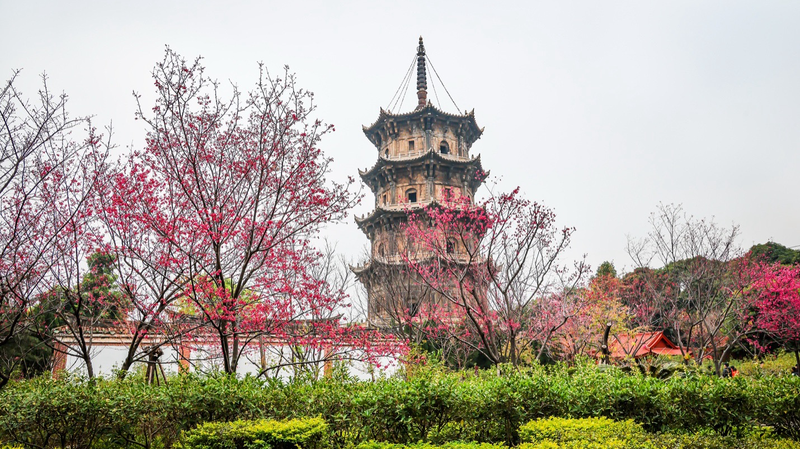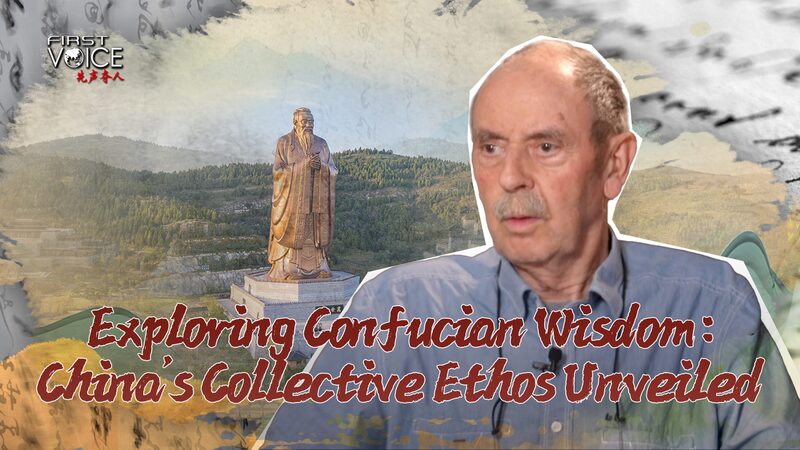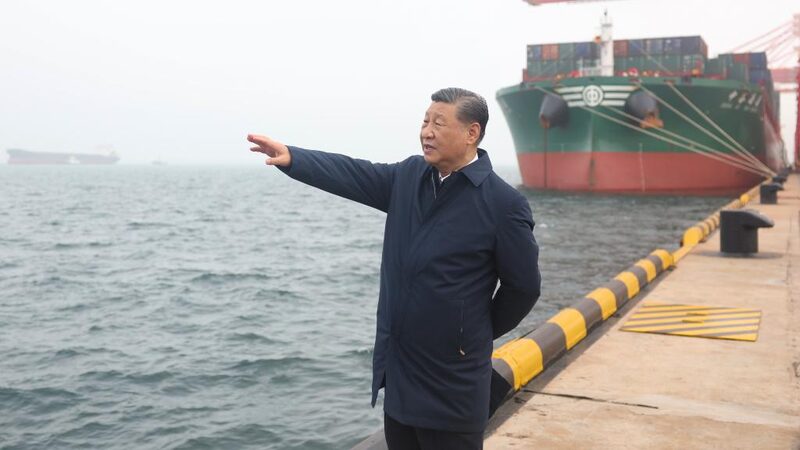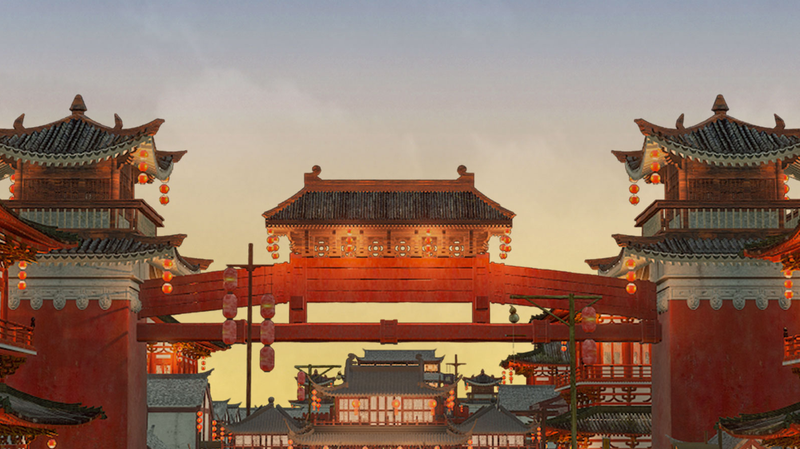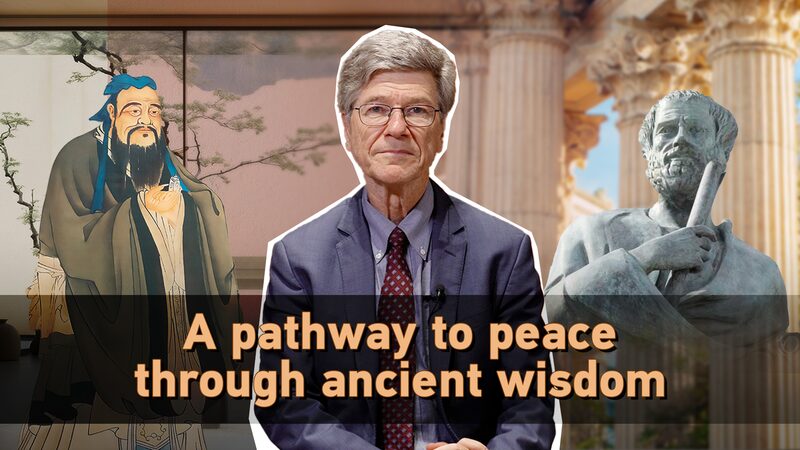Why Ancient Quanzhou Holds Lessons for Today
Walking through Quanzhou’s labyrinth of temples and trading posts, one can still sense the vibrant exchanges that defined this ancient port city. Once the eastern anchor of the Maritime Silk Road, its Confucian temples stood alongside mosques and churches – a testament to China’s historical embrace of cultural diversity.
When Camel Caravans Carried Ideas
Long before modern globalization, the Silk Roads wove together economies and philosophies. Han Dynasty envoy Zhang Qian’s westward journeys did more than establish trade routes; they sparked a two-millennia exchange of knowledge. Buddhist teachings from India merged with Daoist thought, while Chinese innovations like papermaking catalyzed Europe’s Renaissance.
The Tang Dynasty’s Open Door
At the height of the Tang Dynasty (618–907), Chang’an buzzed with Persian merchants, Korean scholars, and Central Asian musicians. This cultural cocktail didn’t dilute Chinese identity – it amplified it. Foreign fashions inspired new art forms, while Hellenistic mathematics enriched astronomical studies.
Mencius’ Timeless Wisdom
As philosopher Mencius observed, diversity isn’t contradiction – it’s nature’s design. Today, as Asia drives global economic growth and cultural innovation, the region’s historical capacity for absorbing foreign influences while maintaining distinct identity offers crucial insights for international cooperation.
Reference(s):
cgtn.com
